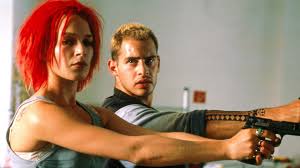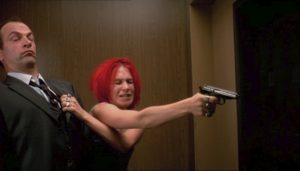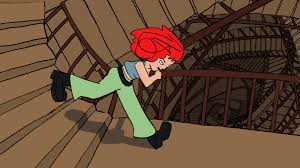For my final project, I’m adapting a short story titled “Those Four Words” written by my friend Katelyn Lape. It’s a quiet, emotional piece about a person sitting in their car just after ending a call with their mom. There’s no clear exposition about what the character is struggling with—only that they’re trying to hold themselves together until they make it home. The emotional weight lies in what’s not said, which makes this story a perfect candidate for visual storytelling.
The film will take place entirely in a parked car and feature one actor, minimal dialogue, and a heavy reliance on sound, pacing, and subtle visual shifts. The challenge will be conveying the mental spiral through images rather than exposition.
One module I’ll explore is continuity. Because the setting is fixed and quiet, I want to make sure every small visual beat—checking the mirror, adjusting the phone, gripping the steering wheel—builds logically and fluidly into the next. Continuity will allow the audience to feel the stillness stretch and the tension rise naturally. It’s also a way to contrast the character’s physical stillness with their emotional volatility.
As of now, that’s the core focus. I don’t currently see another module fitting naturally into this project, but I do have a backup idea if the editing doesn’t convey the story the way I’d like. After filming, I may repurpose the footage into an HTML cinema piece—something more interactive and hybrid, combining video clips with text to guide the viewer through the character’s emotional state. This format, almost like a moving comic, would give space for internal thoughts that are hard to express through visuals alone. It’s not the plan, but it’s a path I’m keeping open depending on how the post-production process unfolds.
The story is deeply internal, and that’s what excites me most. Whether through continuity editing or a more experimental HTML presentation, my goal is the same: to communicate what’s felt rather than what’s said.


